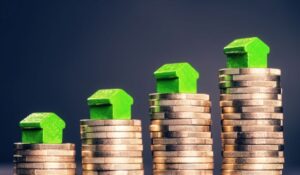Developers who traditionally build single family homes within incorporated cities are often disappointed when they find the perfect land to build on… outside the city limits. Automatically, because of the location in the unincorporated area, the development becomes subject to DRE review.
Add to the development scheme the fact that the County won’t accept a road dedication, and you’re faced with an obligation to create some type of Owners Association to maintain the roadways. This should not turn you away from the perfect site; but it does require a little bit of ingenuity to avoid having to create a common interest development with a full-on HOA.
A “Non-CID” development is a project where an Association is created, but without the two aspects that make it a common interest subdivision. The two points are:
1) having “common area” that is owned by an Association – OR “in common” by the lot owners; and
2) creation of an Association that has the right to file a lien on the individual lots in the subdivision
Having the right to lien is qualified as a non-judicial right of foreclosure for non-payment of assessment. In other words, the HOA can foreclose on an individual lot, and it may be sold without a court action.
If these two points can be avoided in the creation of a single-family development in the county, what results is a “NON-CID” development. An Association is created to manage the road maintenance, but the Association would not own the roads – the roads would need to be created as easements over the residential lots on the subdivision map. If an owner becomes delinquent for non-payment of dues, the HOA would have to take the action to small claims court. While there are definitely times where a common interest development is warranted, there are also plenty of times where they are not. In those times, a Non-CID approach might be the most simple and best option. It requires a bit of up-front attention during the tentative map stage and our office will be happy to guide you.







